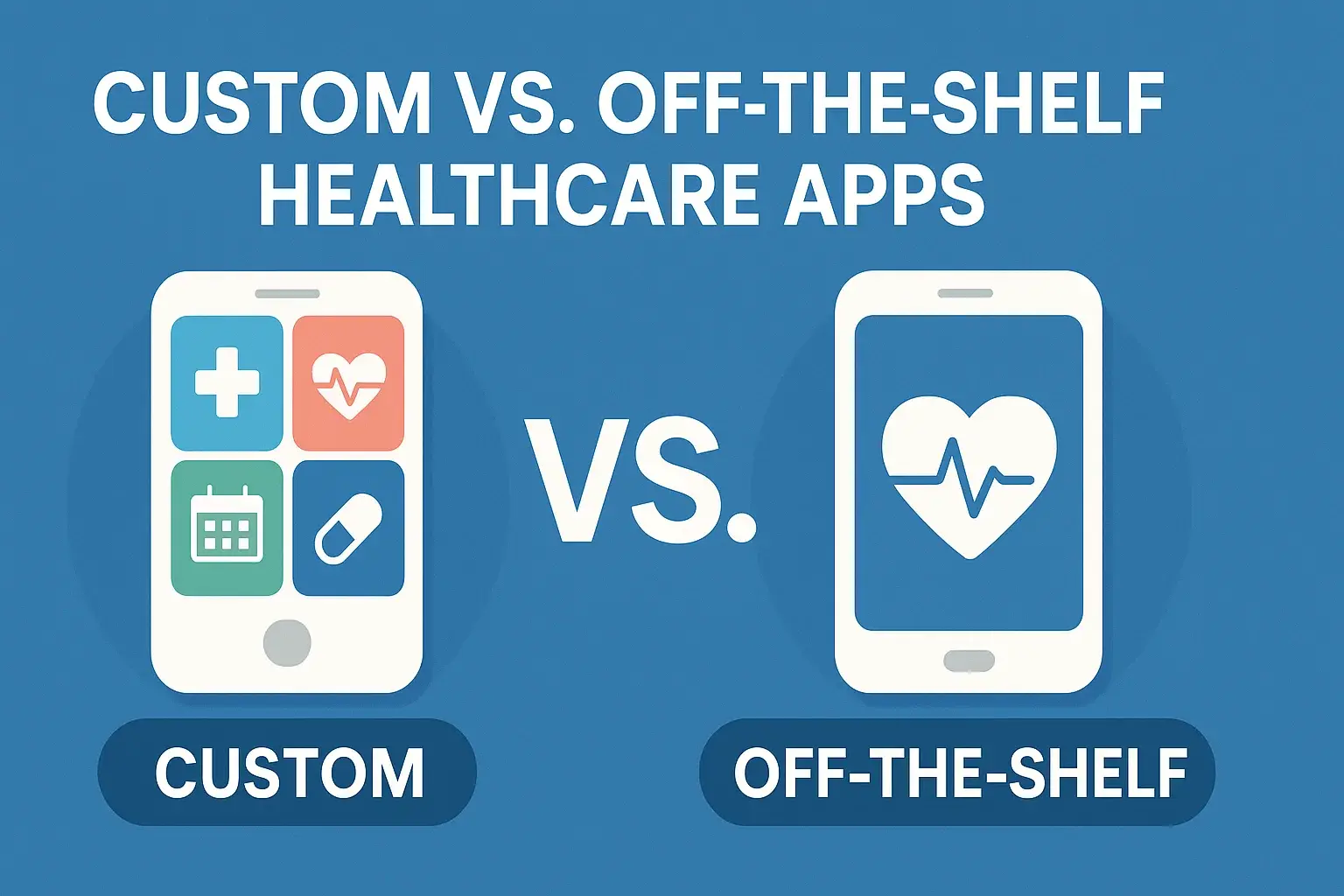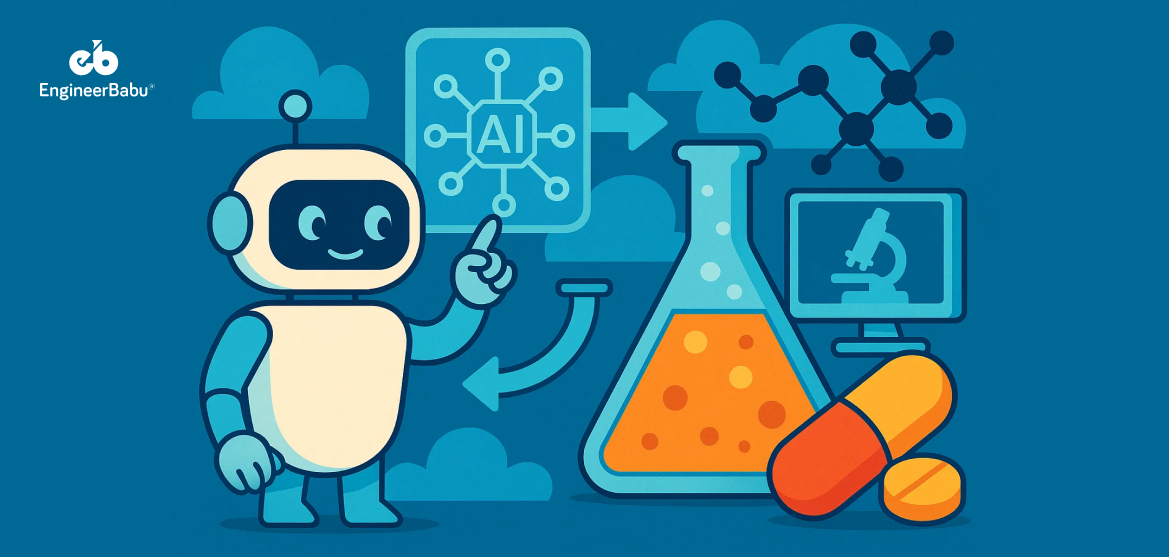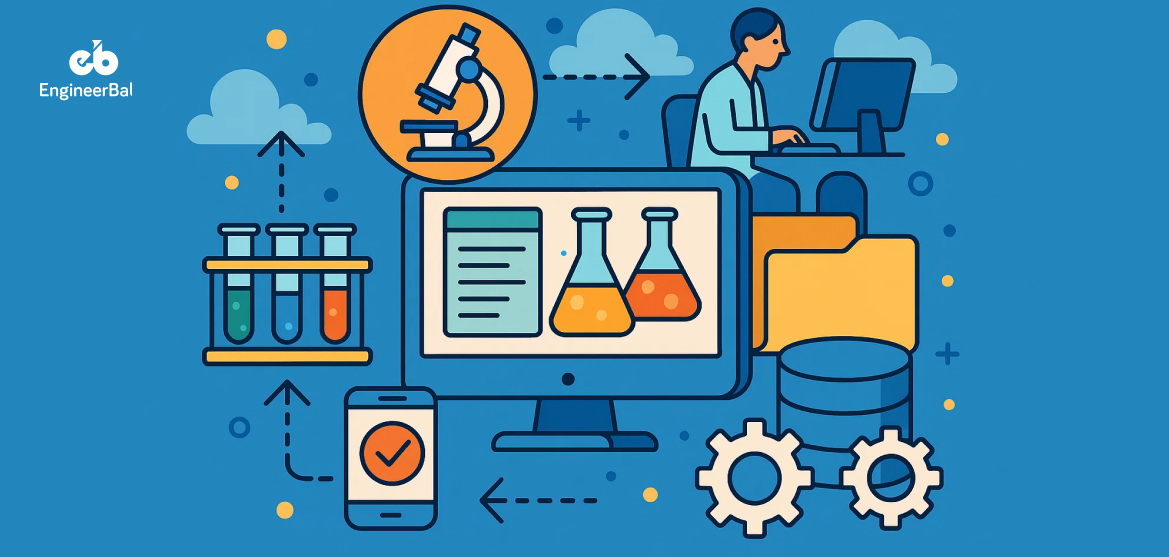Choosing between building custom vs off-the-shelf healthcare apps is one of the first big decisions most health tech founders face. On paper, ready-made tools look affordable and quick to launch. But custom apps offer total control and long-term scalability, often with a bigger upfront price tag.
The cost difference is significant. A custom healthcare app can run between $75,000 and $250,000, depending on features and integrations. Off-the-shelf platforms, in contrast, might only cost $10,000 to $50,000 upfront. But what’s not always clear is how much more you’ll spend over time adapting a pre-built tool to fit your needs — or switching platforms once you outgrow it.
This guide breaks down the cost and performance differences between custom and off-the-shelf healthcare apps. If you’re planning to launch, scale, or fundraise for a health tech product, this comparison will help you choose the smarter path for the long run.
Custom vs Off-the-Shelf Healthcare Apps: The Key Differences
Upfront Costs
The most obvious difference between custom and off-the-shelf healthcare apps is what you pay at the start. A custom app will almost always require a larger upfront investment. You’re paying for design, development, compliance, and testing — all built specifically for your use case. Depending on complexity, this can range from $75,000 to well over $250,000.
Off-the-shelf apps are cheaper out of the gate. Some are priced as low as $10,000 for basic functionality, with more full-featured platforms reaching $40,000 to $50,000. For many early-stage startups, that price looks attractive — especially if you’re bootstrapped or pre-funding.
But what often gets missed is the cost of adapting that off-the-shelf tool to your actual workflow. Need to integrate with a specific EHR? Want to brand it for multiple providers? These changes can quickly drive up implementation costs and eat into the savings.
If you have very specific features or compliance needs from the beginning, custom may cost more upfront — but save you from paying for workarounds later.
Long-Term Maintenance and Support
Every app — whether custom-built or off-the-shelf — needs regular maintenance. For custom apps, you’re responsible for managing updates, fixing bugs, and keeping everything compliant as regulations evolve. That means budgeting for an ongoing dev team or support partner. The upside is control: you decide what gets prioritized and when.
Off-the-shelf apps come with vendor-managed support. Updates are automatic, and you don’t need a technical team to handle them. But that convenience has limits. You can’t always influence the roadmap, and if your app breaks after an update or doesn’t align with your workflows, you’re stuck waiting for a fix.
Custom gives you flexibility and control. Off-the-shelf gives you convenience — until your needs go beyond the standard offering.
Scalability and Flexibility
If you expect your app to grow in complexity — multiple user types, new features, larger data loads — scalability matters. Custom apps are built with your roadmap in mind. You can scale the architecture, evolve the UX, and roll out updates aligned with your growth.
Off-the-shelf tools, by contrast, are built to serve many users — not necessarily your future use cases. You may find limitations in how much you can customize workflows, access your own data, or handle growing demand. Eventually, some startups hit a ceiling and need to rebuild from scratch.
If your product vision is ambitious, custom development gives you space to grow without hitting architectural limits.
Integration with Existing Systems
Healthcare apps almost always need to connect with existing systems — EHRs, payment processors, insurance platforms, CRMs, or internal tools. Custom apps can be designed to integrate directly into these workflows, using your preferred tools and data structure. This reduces friction for users and saves you from manual workarounds.
Off-the-shelf platforms offer pre-built integrations, but they’re rarely plug-and-play. Compatibility issues, data mapping limitations, or added licensing fees can slow things down. In some cases, the integrations you need simply aren’t supported.
If smooth backend integration is a key requirement, custom will save you time and money long-term — even if setup takes longer upfront.
Compliance and Security
Compliance is non-negotiable in healthcare. HIPAA, GDPR, and other regional data laws have real penalties for violations.
Custom apps can be designed with security and compliance baked in from day one — tailored to your specific user flows and data handling needs.
Off-the-shelf apps usually promote compliance readiness, but it’s often generalized. You may still need to pay for third-party audits, extra configurations, or legal reviews to confirm full alignment. Worse, if their system isn’t fully compliant, you take on the risk.
If your app will store or transmit sensitive health data, custom gives you more transparency, control, and peace of mind.
Time to Deployment
This is where off-the-shelf wins. Most platforms can be deployed in weeks, if not days. If you’re trying to validate an idea, demo to investors, or launch fast, this speed is a major advantage.
Custom development takes longer — typically 3 to 6 months for an MVP, depending on complexity. But that time is spent building a product tailored to your exact use case.
If speed is your top priority, go off-the-shelf. If you’re building something strategic and lasting, time invested upfront in custom can pay off later.
Total Cost of Ownership (TCO)
Looking only at the upfront cost doesn’t tell the full story. Total Cost of Ownership includes licensing, maintenance, integrations, support, compliance updates, and potential rebuilds.
Off-the-shelf solutions can look affordable early on, but monthly fees, feature limitations, and customization work can push long-term costs higher.
Custom apps require more capital upfront but may offer better ROI over time — especially if they reduce dependency on vendors or allow monetization features you control directly.
If your product is core to your business, TCO often favors custom after the first 12–24 months.
Conclusion
There’s no one-size-fits-all answer. Off-the-shelf apps can be a smart choice if you need to launch fast, validate an idea, or operate on a limited budget. But if you’re building a product meant to scale, handle complex data, or serve enterprise customers, custom development offers more flexibility and long-term value.
Start by mapping your roadmap. If your future needs go far beyond what’s available off the shelf, custom is likely the more cost-effective choice — even if it takes longer to build.
FAQs
What’s the main difference between custom and off-the-shelf healthcare apps?
Custom apps are built from scratch for your specific needs. You control the features, design, integrations, and roadmap. Off-the-shelf apps are pre-built platforms designed for broad use cases, with limited flexibility and faster deployment.
Which option is better for HIPAA compliance?
Custom apps give you more control over how patient data is handled, stored, and encrypted — making it easier to meet HIPAA requirements. Off-the-shelf apps may claim compliance, but you’ll need to verify how data is stored and what safeguards are in place.
How do long-term costs compare between the two options?
Off-the-shelf apps are cheaper upfront but may lead to higher long-term costs through licensing fees, customization limits, or platform switching. Custom apps require a larger initial investment but can offer lower total cost of ownership over time if built well.
Can off-the-shelf healthcare apps be customized?
To a degree. Some platforms allow UI tweaks, basic workflow changes, or limited API access. But deeper customization — like advanced logic, multi-party workflows, or unique integrations — often requires workarounds or isn’t supported at all.
When should a startup invest in a custom app?
If your app is core to your product or business model, custom makes more sense. You should also consider it if you need tight integration with existing systems, plan to scale quickly, or want full control over security, compliance, and future development.




